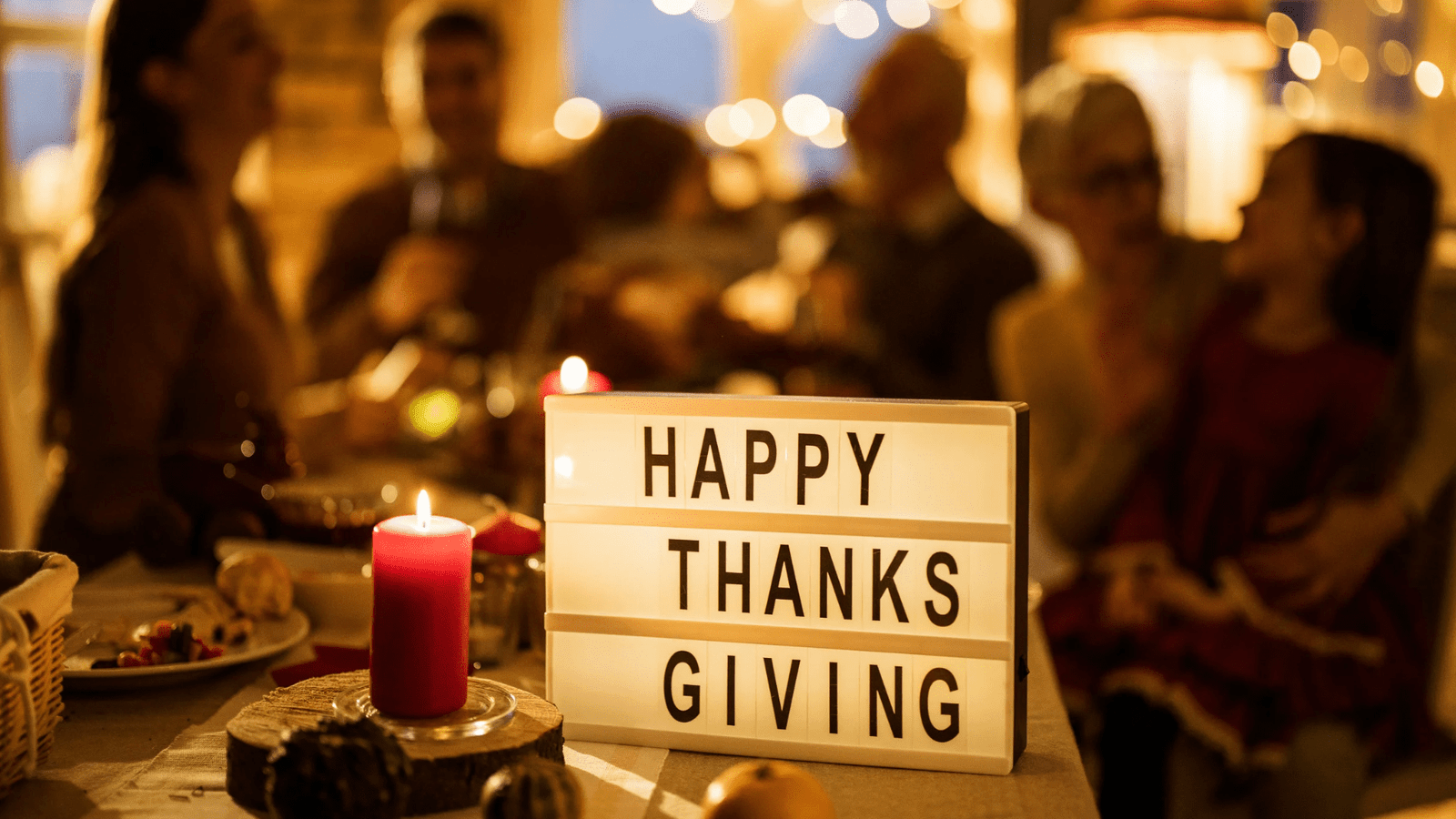Chuseok (추석), often called Korean Thanksgiving, is not just a day on the calendar—it’s a deeply emotional time when people pause to remember where they came from.
Held on the 15th day of the 8th lunar month (usually September or early October), Chuseok celebrates the autumn harvest moon. Just like Thanksgiving in the West, it’s about family, gratitude, and food—but with its own rich layers of tradition and reverence.
For many Koreans, it means going home. Even if home is a tiny village hours away, they go. Because Chuseok isn’t just about celebrating the present—it’s about honoring the past.
How to celebrate chuseok in korean
It begins with the crisp scent of autumn in the air. The skies turn a soft gold. And across Korea, families reunite—carrying bags of fruit, boxes of freshly made songpyeon, and hearts full of love.
If you’re a traveler or expat in Korea, you may first experience Chuseok with quiet streets, closed shops, and the unfamiliar stillness of a busy city taking a rare collective breath. But look closer, and you’ll see the soul of the country opening its arms. This guide is your invitation into that experience—into the warmth, gratitude, and beauty of Chuseok in Korea.
People in Korea get five days off during Chuseok, and while most love the break, it’s a different story if you’re a student working part-time or full-time at a restaurant. For you, it’s not a holiday, it’s a hustle time, because restaurants get insanely busy during this period.
Chuseok is a multi-sensory experience—filled with emotion, ritual, and taste. Here’s what unfolds:
1. Charye (차례) – Ancestral Rites
At sunrise, families gather in front of tables covered with symbolic dishes. Bowing. Pouring rice wine. Whispering names of those long gone but never forgotten. It’s a sacred moment of remembrance.
As a visitor, you might not participate in this directly—but understanding its depth adds meaning to everything else.
2. Seongmyo (성묘) – Visiting Ancestors’ Graves
This isn’t a gloomy affair. It’s tender. Families clean grave sites, talk to their ancestors, sometimes even share laughs over memories. It’s about maintaining bonds—across time.
3. Chuseok Food: A Love Language
Food during Chuseok is more than nourishment—it’s emotional connection. Every dish tells a story.
- Songpyeon (송편): These half-moon rice cakes, filled with love and sesame or chestnut paste, are often made together by the whole family. It’s said that a well-shaped songpyeon brings good fortune or even a beautiful child.
- Jeon (전): Savory pancakes fried one by one, with the scent filling the entire home.
- Galbijjim, Japchae, Hangwa…—each dish is a love letter to tradition.
If you get invited to make songpyeon with locals or at a cultural event—say yes. It’s an experience full of laughter, sticky fingers, and warm smiles.
4. Games & Performances
Ever danced in a circle under the moonlight? That’s ganggangsullae, one of the many traditional performances revived during Chuseok.
Cultural spaces showcase ssireum (Korean wrestling), folk music, and hanbok try-ons—letting you step into the rhythm of Korean history, if only for a moment.
Why Is Chuseok Celebrated?
Chuseok is rooted in gratitude and remembrance.
Long ago, it began as a harvest festival—a time to thank ancestors for the year’s blessings. That’s still the emotional heart of it. Families hold charye (ancestral rites) to honor those who came before. And they do it not out of obligation, but out of love and respect.
You can feel it in the hush of the early morning rituals. You can see it in the careful preparation of food. You can sense it in the way people speak just a little softer that day.
Even if you didn’t grow up with this tradition, witnessing it can stir something inside you—a reminder that we all long for connection, roots, and a sense of belonging.
Where Is Chuseok Celebrated?
Everywhere. From glittering Seoul skyscrapers to quiet mountain villages, Chuseok touches every part of Korea.
- In the cities, the streets go quiet—an almost surreal contrast to the usual buzz.
- In small towns, there’s laughter, movement, and the sound of hands kneading rice dough for songpyeon.
- In homes, stories are shared across generations.
As a foreigner, you might feel unsure of where you fit into this deeply personal celebration. But Korea has a beautiful way of welcoming you in. Cultural centers, hanok villages, and temples often open their doors, offering programs where you can not just observe, but participate—with your hands, your heart, and your curiosity.

